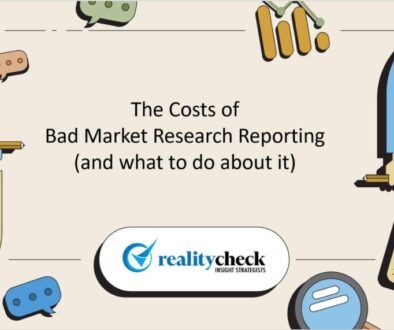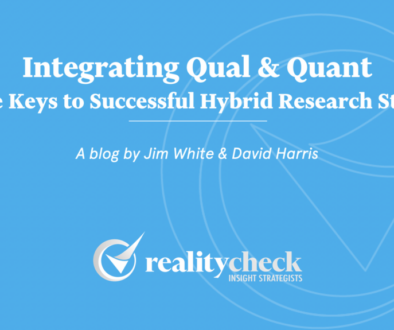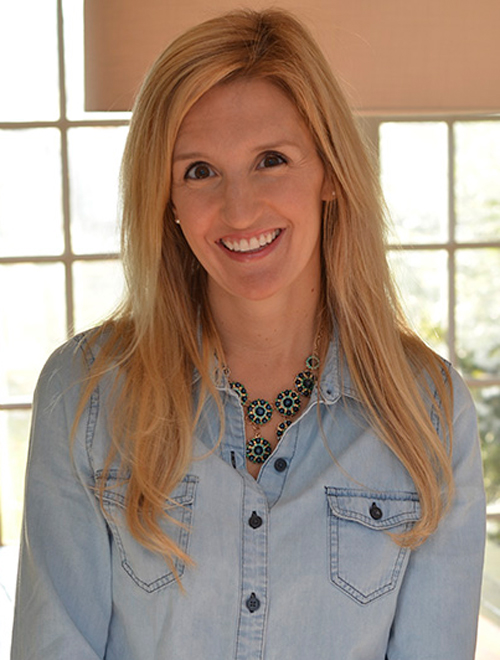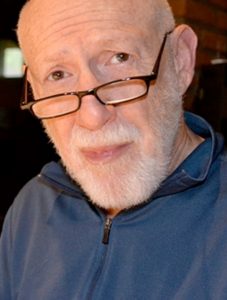How to Apply Human Insights to Market Research
 If you work in Consumer Insights, you probably hear the word human a lot these days. Everybody seems to be talking about human insights. Whether this trend is driven by a backlash to the sterile, uninspiring nature of big data or a desire to get team members to connect more directly with consumers, we think it’s a good thing.
If you work in Consumer Insights, you probably hear the word human a lot these days. Everybody seems to be talking about human insights. Whether this trend is driven by a backlash to the sterile, uninspiring nature of big data or a desire to get team members to connect more directly with consumers, we think it’s a good thing.
That’s why we’ve been talking about human insights for several years now.
But how do you apply human insights to your day-to-day research projects? How do you actually do human insights?
Here’s a tip. Learn how to analyze stories. We human beings make meaning of our experiences, filter our perceptions, and create our sense of identity by telling ourselves stories. If you want to understand your consumers on a more human level, listen to their stories.
Now, if you’re like most Consumer Insights managers or directors, you spend most of your time working on three types of projects:
- Foundational Research
- Concept Testing and Optimization
- Evaluation (or what I would call “scorecard” research; Tracking Studies; Customer Satisfaction Studies; and Customer Experience (CX) Assessment)
The pathway to human understanding in each of these areas lies in knowing how to elicit and analyze human stories.
Foundational Research
The best foundational research reveals unmet needs that brands can help people fulfill. And the most motivating needs are needs of identity. Psychologists tell us that we human beings construct our sense of identity by telling ourselves stories about who we are and who we aspire to be. They call this our Narrative Identity. It is through a story of our own making that we take the experiences of our lives and make meaning out of them.
People use brands to help create their Narrative Identity. The most meaningful brands in our lives are the ones we use to tell ourselves stories about who we are. These brands become characters in the life stories we create.
If you want foundational research that reveals the unmet needs and underlying motivations of your consumer, understand their Narrative Identity and explore how your brand can play a role in that story. Learn how to elicit and listen to their internal narratives. Let yourself be inspired by those stories and imagine how your brand can play a meaningful role in it.
Concept Testing & Optimization
Whether you like it or not, human beings are not passive recipients of the communications you put out there. Instead, they actively construct meaning from your communications, filtering what they see and reinterpreting your messages to fit their own internal narratives.
When you put a concept for a new positioning, advertising message, package design or product in front of a respondent, the process of meaning construction begins. The concept is no longer yours. It belongs to them now. And the meaning they create is a mash-up of their life experiences, memories and associations and the visual and verbal elements you show them.
The worst thing we can do is dismiss the stories people construct from our concepts and say to ourselves “they don’t get our idea!” When we do this, we ignore the human process of meaning construction. And we risk failing to understand how the visual and verbal elements of our concepts are used.
When you test and optimize concepts, it’s best to think of them not as pristine ideas but as a visual and verbal vocabulary – a brand vocabulary. When you give this vocabulary over to someone, they take it and incorporate its most relevant parts into a narrative of their own making.
The goal of any concept test should not be to determine “the winner.” It should be to understand the elements of your brand vocabulary that have the greatest narrative power. You should set out to find the elements that people find most useful in constructing a positive narrative of your brand. One that fits their own lives, experiences and associations in a meaningful way. Understanding the most useful elements of your brand vocabulary from your consumer’s perspective is the key to unlocking your brand’s narrative power.
Customer Experience Evaluation
The way people experience our brands – regardless of whether it’s through our advertising, websites, products, retail environments, etc. – is through, you guessed it, stories. It is through the lens of story that we experience our worlds. Because of this, tracking what actually happens in a customer-brand interaction (if that could ever really be done) is less important than understanding the story of the experience that people carry with them.
Experiences themselves matter far less in consumer decision-making than the memory of the experience. And we make meaning of memories by constructing stories of experience that integrate them into our belief systems, infuse them with our values and incorporate them into our narrative identities.
If you want to track or map people’s interactions with your brand, learn how to reveal and analyze the stories of brand experience they construct from their memories. You can think of moments of brand interaction as chapters or scenes in people’s running narratives of experience.
Tracking studies are notorious for being unactionable. Most insights professionals admit they are evaluative rear-view mirrors that give little guidance to what a brand team should do in the future. And CX journey-mapping often misrepresents the messy complexity of brand touchpoints and decision-making in the real world.
So, let us propose a different approach to evaluation research. Try listening to the memories of brand experience expressed in story form. And strategize how your brand can play a more active role in those stories of experience, influencing their narrative arcs in a positive way.
So, there you have it. If you want to apply human insights to the projects that consume most of your time, learn how to reveal and analyze human stories. Stories of identity, stories of constructed meaning and stories of remembered experiences are the pathways to a truly human understanding of your consumer.
But what do you think? How do you apply human insights in the projects you’re working on? How do you think stories fit into the human experience? We’d love to hear from you.























